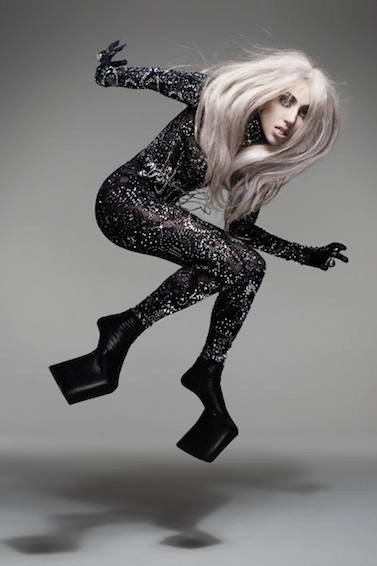INHALE is a cultural platform where artists are presented, where great projects are given credit and readers find inspiration. Think about Inhale as if it were a map: we can help you discover which are the must-see events all over the world, what is happening now in the artistic and cultural world as well as guide you through the latest designers’ products. Inhale interconnects domains that you are interested in, so that you will know all the events, places, galleries, studios that are a must-see. We have a 360 degree overview on art and culture and a passion to share.

Starting in the 1980s, Western influences had a snowball effect in the Japanese design industry. The West’s fitted and symmetrical styles sparked early designers like Yohji Yamamoto to create their own antithetical interpretations of these styles, drawing on the roots of Japanese clothing.
Some of their most influential work is on display at the Seattle Art Museum’s “Future Beauty: 30 Years of Japanese Fashion” exhibit, which showcases a timeline of the most celebrated Japanese designers through four thematic periods: “In Praise of Shadows,” “Flatness,” “Tradition and Innovation,” and “Cool Japan.”
Designers like Kenzo Takada and Issey Miyake, both featured in the exhibit, became well known in the 1970s. But it wasn’t until their first runway shows in Paris in the early Eighties, that their deconstructed, and almost rebellious, expressions intrigued the world.
Suddenly the fashion world was paying close attention to the development of designers like Yohji Yamamoto and Rei Kawakubo of the Comme des Garçons label.
The curator of Future Beauty: 30 Years of Japanese Fashion at the Seattle Art Museum
“The tremendous innovation of Japanese fashion designers who have revolutionized the way we think of fashion today is the focus of this special exhibition, the first of its kind presented at SAM. In the 1970s Japanese designers Kenzo Takada and Issey Miyake had already gained recognition in the West, but it is in the 1980s that Japanese designers emerged with an entirely new aesthetic. In the summer of 1983, Rei Kawakubo and Yohji Yamamoto brought forth a stark new aesthetic at the Paris runway shows. Based on monochrome black and white, they presented asymmetric and at times perforated dresses, which loosely described the female silhouette. These designs were recognized as a radical counterproposal to Western notions of the fitted form and gained instant notoriety.
This was an explosive new beginning of what is now three decades of innovative design that has in turn influenced and reshaped our Western aesthetics of dress. Curated by Akiko Fukai, director of the Kyoto Fashion Institute, the exhibition showcases the early emphasis on light and shadow, and the increasingly diverse, innovative designs that range from the deconstruction and reinvention of Western couture models to brightly colored designs that are inspired by contemporary street fashion.
With eighty gowns, ranging from classic and elegant to outrageous—created by celebrated designers Issey Miyake, Kenzo Takada, Rei Kawakubu, Yohji Yamamoto, Junya Watanabe, Jun Takahashi and others—videos of runway shows, artist photographs, magazines, and ephemera designed by renowned international artists such as Gilbert & George and Cindy Sherman, an exhilarating experience awaits viewers of this extraordinary exhibition.

A 2004 design by Issey Miyake (Collection of the Kyoto Costume Institute, Gift of Issey Miyake INC.
Photo credits: juxtapoz.com

A 1983 design by Rei Kawakubo (Collection of the Kyoto Costume Institute, gift of Comme des Garçons Co Ltd, Photo by Taishi Hirokawa)
Photo credits: juxtapoz.com

Lady Gaga in a body suit called “Protein,” part of the “Skin Series” designed by Tamae Hirokawa for the Somarta label. (Photo from Vanity Fair)
Future Beauty: 30 Years of Japanese Fashion is at SAM until September 8th.
-via juxtapoz.com & seattleglobalist.com





































































